Technical Principles
Sawing is a science - A number of influencing factors and the interplay of these factors decide about the results of sawing applications.
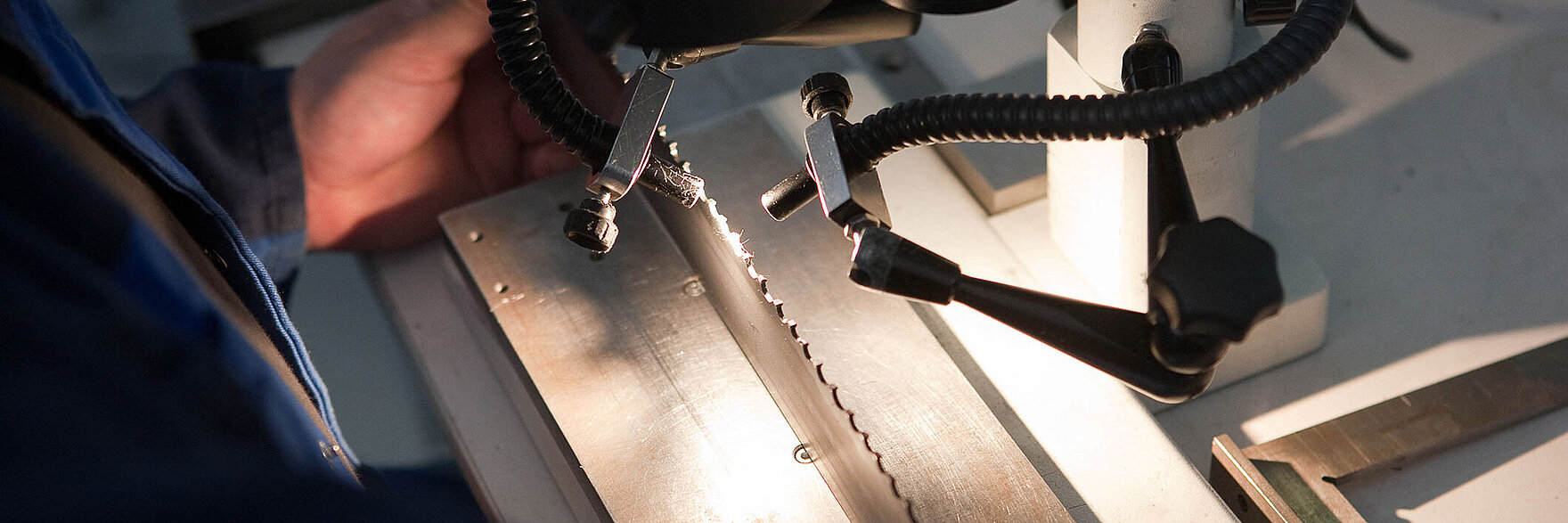
Sawing is a science - A number of influencing factors and the interplay of these factors decide about the results of sawing applications.
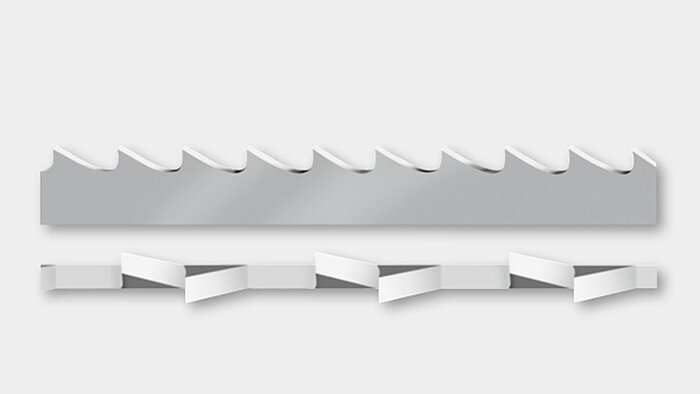
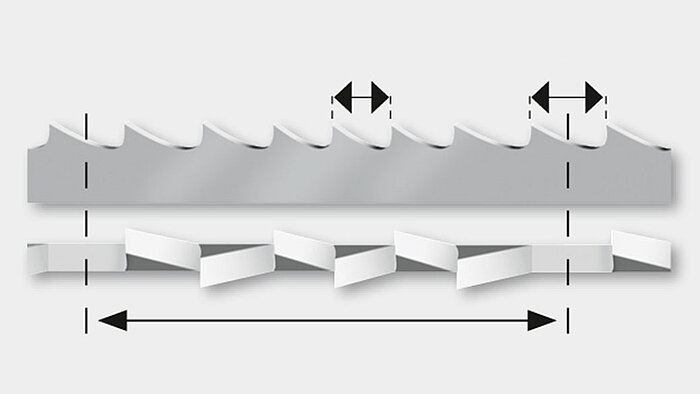
The free-cutting action of the band saw blade is achieved by means of the tooth set, where the teeth protrude alternately left and right beyond the blade body.
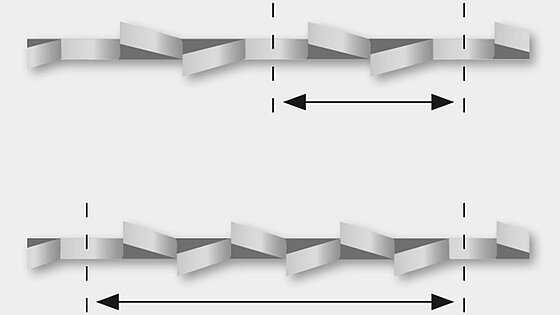
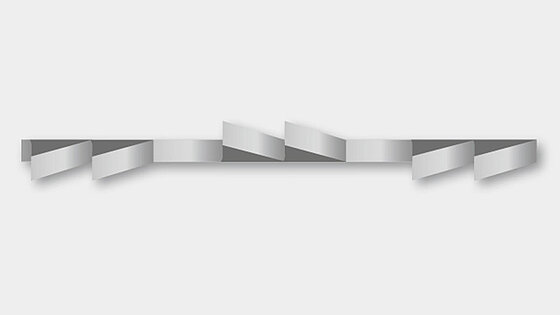
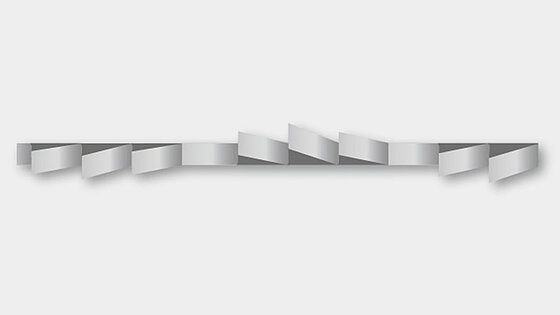
The experts of our Technical Competence Center are happy to help you answer further technical questions connected to band selection and use.